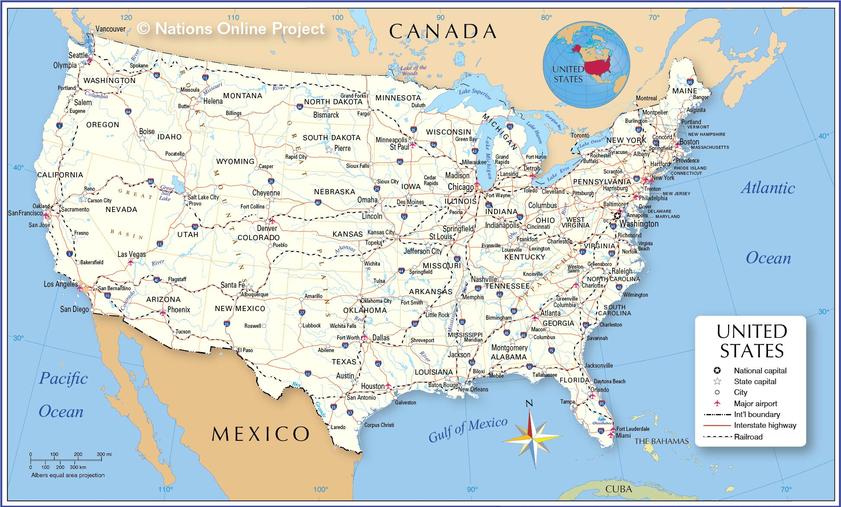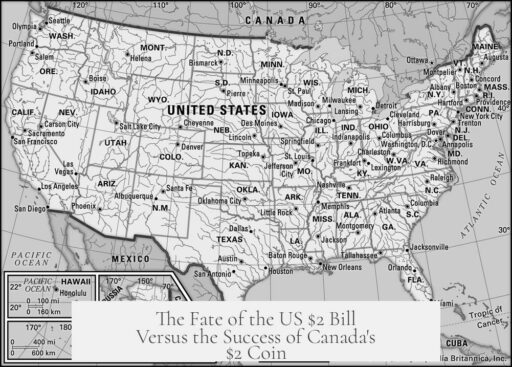The US $2 bill fails to become commonplace largely due to cultural folklore, circulation challenges, and historical policy decisions, while $2 coins in Canada and other countries avoid these issues and achieve broader acceptance.
The US $2 bill carries an unusual cultural baggage that hinders its everyday use. Folklore links it to bad luck and undesirable behaviors, such as prostitution and bribery. These associations are deeply rooted in North American history but lack factual basis. Still, they influence public perception and usage.
Several folk explanations tried to explain why the bill was considered unlucky:
- It was believed to represent the price of a cheap sex worker, implying the bearer sought one.
- It was associated with vote-buying, suggesting possession equaled selling one’s vote.
- It related to horse race betting, hinting the holder was a gambler.
- The US Navy paid sailors in $2 bills, tying the bill to sailors’ mischief in port towns.
- Many vendors refused to accept the bill, making it difficult to spend.
Most of these claims do not have historical proof. The practical challenge—vendors not accepting $2 bills—is more fact than folklore. These beliefs created ritual behaviors, such as tearing off corners of $2 bills to break the “curse.” This mutilation led to many damaged bills being withdrawn from circulation, increasing scarcity of intact notes.
These circulation issues influenced US Treasury policy. In 1966, the Department of the Treasury stopped printing the $2 bill. Mutilation likely contributed to this decision, though official reasons are unclear. With fewer bills in circulation, the $2 bill never achieved the wide acceptance of $1 or $5 notes.
The bill saw a limited reintroduction in 1976 during the US bicentennial celebrations, featuring a new design. Despite this, it remained a curiosity rather than a common banknote. Public concern and superstition surrounding the bill diminished over recent decades, but the bill still struggles to gain mainstream use.
Canada, by contrast, faced similar folklore concerns but took a different approach. It introduced a $2 coin, named the “toonie,” instead of a $2 bill. This solved multiple problems:
- Coins are less subject to ritual mutilation compared to paper bills.
- The coin design and material reduced association with negative folklore linked to bills.
- Coins generally circulate better because merchants easily accept them.
This approach normalized the $2 denomination in daily transactions. The toonie became popular and widely used, avoiding the symbolic and practical problems encountered in the US.
Other countries that use $2 coins also tend to avoid similar folklore issues, which helps maintain higher circulation and acceptance levels.
To summarize key points:
- US $2 bill suffers from longstanding cultural stigma linked to bad luck and unsavory activities.
- Ritual mutilation (corner tearing) reduced intact bill circulation, complicating usage.
- Production was halted in 1966; reintroduced in 1976 but never widely adopted.
- Canada and others use $2 coins, which face less superstition and circulate better.
- Coins resist mutilation and vendor refusal, fostering broader acceptance.
Why did the US $2 bill fail to become commonplace, while $2 coins in Canada and elsewhere are fairly common?

The US $2 bill never caught on because a cocktail of folklore, superstition, and practical quirks tangled its fate, while Canada’s $2 coin—dubbed the ‘toonie’—slid into everyday use effortlessly, free from such baggage. Sounds like a plot twist in the world of currency, doesn’t it? Let’s unwrap this mystery with a mix of facts, folklore, and a splash of humor.
Start with the quirky reputation photo-bombing the $2 bill’s legacy. Across North America, many people have considered the $2 bill to be a bringer of bad luck. Not just a fleeting superstition—this belief rooted deep into cultural consciousness over decades. Oddly enough, this shared superstition echoes into Canada too, but the Canadian solution was to sidestep the bill entirely and go with a coin instead. Clever move!
The Folklore that Doomed the $2 Bill
Folklore is a tricky beast. People love to spin stories when explanations don’t exist or are a little dull. The US $2 bill became the star of several tall tales, each adding layers to its “bad luck” aura.
Here’s a sample from the folk rumor mill:
- The $2 bill was supposedly the going rate for a cheap sex worker. If you carried one, well… maybe you were seeking such services.
- It was allegedly connected to political bribery—having a $2 bill meant you’d likely sold your vote.
- It often showed up in horse racing bets, so carrying it suggested a gambler’s spirit.
- The U.S. Navy paid sailors with $2 bills, associating the bill with rowdy, troublemaking port visitors.
- And more practically, many vendors refused to accept the note, making it hard to spend.
Now, before you start thinking the US Treasury was secretly funding shady deals, here’s the kicker—with the possible exception of vendor refusal, none of these stories hold water historically. Just folklore, plain and simple. But folklore has power! It became a self-fulfilling prophecy.
When Superstition Leads to Bill Mutilation
Now, what happens when people truly believe an object carries bad luck? They try to get rid of it—or in the $2 bill’s case, mutilate it! Enter the curious ritual of tearing off the bill’s corners. Each recipient would tear another corner off to chase the bad luck away.
Imagine the poor dollars arriving with three corners gone and gasping, “Not again!” The ultimate nightmare? A $2 bill missing all four corners—cowboy up or consider it cursed!
This odd superstition had a tangible effect on currency circulation. Bills got ripped, damaged, and many were yanked out of use. Collectors like myself—yes, yours truly—started hoarding intact ones, mistakenly thinking they were more valuable.
By the 1960s, whole $2 bills were rare. This scarcity didn’t help the bill’s circulation. The Treasury faced increased production costs and questions about keeping the $2 note around.
Production Halts and Rebirths

Ultimately, in August 1966, the Treasury dropped the $2 bill from active production. Whether the mutilation superstition tipped the scales or not remains murky. Some say it was exactly that; others think low demand sealed its fate.
Then in 1976, the US reintroduced the $2 bill with a shiny new bicentennial design—think of it as the bill’s second coming. But unlike a rockstar rebirth, the note never caught mainstream fire. It stayed more of a collector’s curiosity and special occasion item than everyday cash.
Meanwhile, Up North: The Canadian Toonie Triumphs
Canada saw the same superstitions floating around but chose a different path. Instead of printing a $2 bill, they introduced the $2 coin, affectionately dubbed the toonie (yes, because it sounds like “two” plus “loonie,” their $1 coin).
So why does this coin work while the US bill flounders? Here’s the scoop:
- Physical robustness: Coins are harder to mutilate, so you don’t get torn-up bad-luck rituals that damage circulation.
- Pocket appeal: Coins jingle. They’re handy, visible, and don’t spark strange stories about bribery or sailor brawls.
- Cultural reset: By shifting to coins, Canada sidestepped the worn-out folklore tied to paper $2 money, starting fresh with a new symbol easy to accept.
The toonie’s success shows how differences in policy and material form can shape people’s money habits. Coins also tend to last longer than paper, so Canada got a practical edge fused with a cultural win.
The $2 Bill Today: Fading Folklore, Lingering Oddity
In recent decades, the tales of bad luck around the $2 bill have quieted. Few today think twice about it beyond its rarity or novelty. Still, the bill doesn’t circulate widely, often collecting dust in wallets or drawers.
The lingering imprint of superstition lingers as a testament to how stories—even fabricated ones—can anchor economic reality. The $2 bill is more a talking point than tender, seldom seen in register drawers or daily exchanges.
Lessons from the Tale of Two $2’s
What can we learn from this currency contrast?
- Cultural narratives shape money use: Even baseless stories influence human behavior strongly enough to affect currency circulation.
- Form matters: A coin and a bill aren’t just different shapes—they carry different impressions and practical lifespans that affect acceptance.
- Policy choices can avert problems: Canada’s choice to launch a $2 coin deftly avoided the baggage the US $2 bill struggled with for decades.
Money is deeply social, and superstition can sneak into seemingly rational financial systems. The US $2 bill’s tortured cultural backstory turned it into a scarce oddity, while Canadian toonie thrives, jingling along without a hitch.
So next time you pull out a $2 bill in the US, remember you’re holding a little cultural relic steeped in tales and torn corners. Or maybe just try a toonie if you’re up for something a bit luckier—at least according to folklore.




